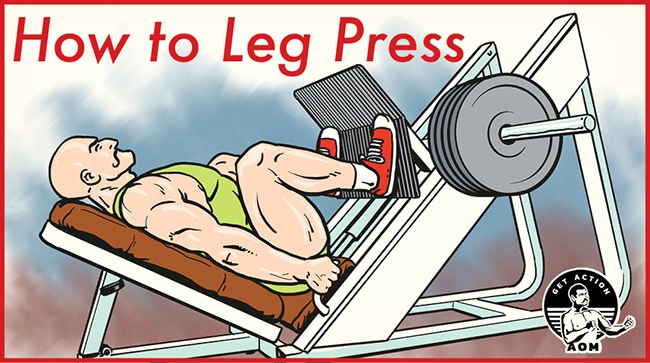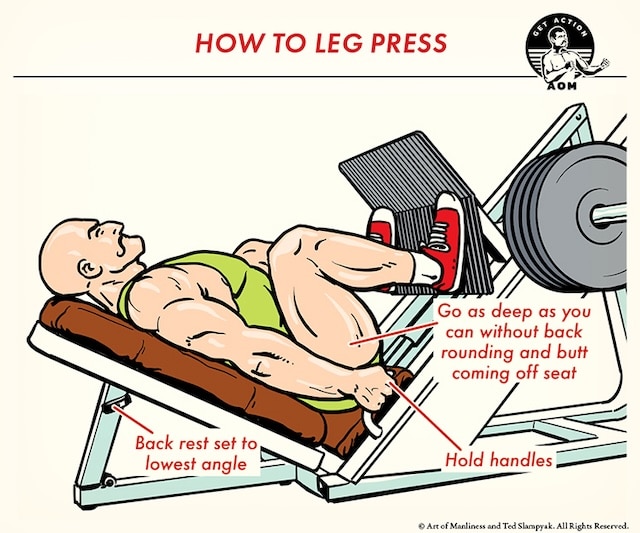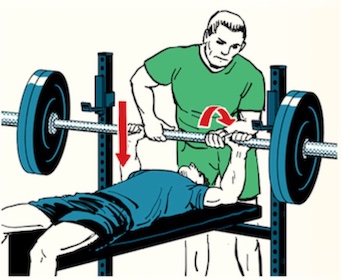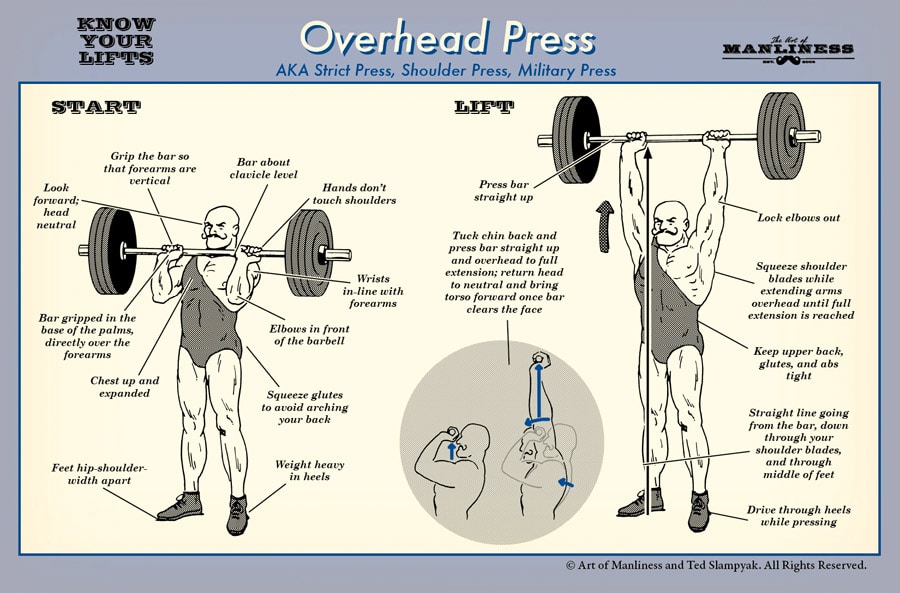
As I’ve discussed in previous articles, I’ve been incorporating more machines into my weight training. A few months ago, I wrote about how I’m using leg extensions along with squats to build meaty quads.
Lately I’ve been availing myself of another lower-body-building apparatus: the leg press machine.
The leg press machine has the reputation of being something you use when you don’t have the cojones to do barbell squats.
But it doesn’t have to be an either/or dynamic. The leg press machine is a great supplement to squats and has its own unique benefits.
Today we’ll look at what those advantages are and how to do leg presses properly and effectively.
The Muscles Worked by the Leg Press
Let’s first break down which muscles are putting in the work when you’re pressing that sled:
- Quadriceps: The star of the show. They’re doing most of the heavy lifting here.
- Glutes: Your butt’s getting a workout too, especially if you’re going deep.
- Adductors: Those inner thigh muscles are joining the party.
- Hamstrings: They’re kind of the backup dancers here — present, but not in the spotlight.
The Benefits of the Leg Press
Develops the quads. Chasing those teardrop quadriceps? Want a more powerful squat? Whether you’re after aesthetics, strength, or both (porque no los dos?), the leg press is your ticket to Quad City.
Since you’re sitting down and supported while doing a leg press, it adds stability to the lift. As opposed to squatting, you don’t have to worry about keeping your back and core tight. You can just focus on hammering your quads as hard as possible, so you can get the glorious mechanical tension that stimulates hypertrophy.
Develops your glutes. Besides working your quads, the leg press really hits your glutes hard. My buttisimo is on fire at the end of a heavy set of leg presses. While you might not think too much about your rear, it pays to have well-developed glutes. Glutes are key muscles used in many athletic movements, such as running, jumping, squatting, and lifting, and developing them can lead to greater speed, power, and agility. They also play a role in posture and core stability and, in turn, the prevention of lower back pain and knee injuries. Plus, if you’ve got a Hank Hill butt and are looking to enhance the aesthetic proportions of your physique by adding a bit more meat to your caboose, the leg press can help with that, too.
Gives your back a break. Sometimes your back needs a vacation from heavy squats and deadlifts. The leg press lets you hit your legs hard without fatiguing your back and core. Your entire torso gets to chill on the backrest and seat. And since you’re not balancing a barbell on your back or in your hands, your upper body gets to kick back and relax too.
The leg press allows you to increase the volume on your legs with less overall fatigue which makes it a great supplemental exercise to squats and deadlifts.
Great for injury recovery. I’ve been battling a niggling pain in my right knee for a few years now. Some movements make it hurt more than others. The leg press is a leg exercise that I can perform pain-free.
Not only does the leg press machine not exacerbate my knee issue, I’ve noticed that since incorporating it into my workouts, my knee pain has actually gotten better.
If the squat has been bothering your knees or shoulders, consider giving the leg press a try. Its stability may allow you to continue to work your legs while you recover from an injury.
How to Leg Press Like a Pro

As demonstrated by Mr. Know Your Lifts
Now, let’s get into the nitty-gritty of how to press like a pro.
Set the backrest pad to the lowest possible angle. On most leg press machines, you can adjust the backrest pad. You want to set it at the lowest angle possible. Here’s why:
- Maximizes range of motion. A lower pad angle lets you move through a greater range of motion. More range equals more muscle engagement, and more engagement equals more gains.
- Prevents lower back rounding. If the pad is angled too high, it’s an open invitation for your lower back to round out at the bottom of the movement, which isn’t good for your lower back. Rounding your lower back also takes some of the tension off the quads, which prevents you from getting the most out of the leg press.

Foot placement is key. Want to work your butt more? Place your feet higher on the foot platform. Focused on working your quads? Place your feet lower.
Width-wise, positioning your feet shoulder-width apart is usually the sweet spot. A wider stance will put a bit more emphasis on your adductors.
Point your toes slightly out. It doesn’t do anything to “bias” a certain part of your quad; it just helps reduce strain on your knees and allows you to go deeper.
Nice, controlled descent. Don’t just allow gravity to lower the platform. Control the descent. You want to feel those quads lengthening as you lower the platform. It’s better to go lighter and resist the weight on the negative.
Go deep! As deep as you comfortably can. You want to get as big of a stretch as possible.
If your butt is coming off the seat and your lower back is rounding despite lowering the backrest to the lowest angle, placing a yoga pad behind your lower back can eliminate this issue. How thick your padding needs to be will vary from person to person, depending on your flexibility. Experiment to find what works for you.
Get a grip. When you’re pushing your feet up, grip those handles hard and pull up on them to keep your glutes glued to the seat. Don’t use your hands to help press your legs up.
No need to lock your knees fully out. While it’s generally safe to lock your knees out fully at the top of the movement, I prefer to keep a slight bend at the top. It keeps some tension on your quads during the entire lift.
If you do decide to lock your knees out, do so in a controlled manner. Don’t explode into lockout, as that may cause your knees to hyperextend and puts you at risk of injury.
How to Program the Leg Press
I use the leg press as a supplemental lift on my lower body days.
I’ll start the lower body day off with squats since that’s the main attraction.
I’ll then do 3 sets of leg presses at 8-12 reps. After that, I’ll do the other exercises scheduled for my lower body day.
Remember, the leg press is just one tool in your leg-day arsenal. Mix it up with squats, leg extensions, and other lower body exercises for a well-rounded routine that’ll have you squatting more and sporting Tom Platz-like quads.







